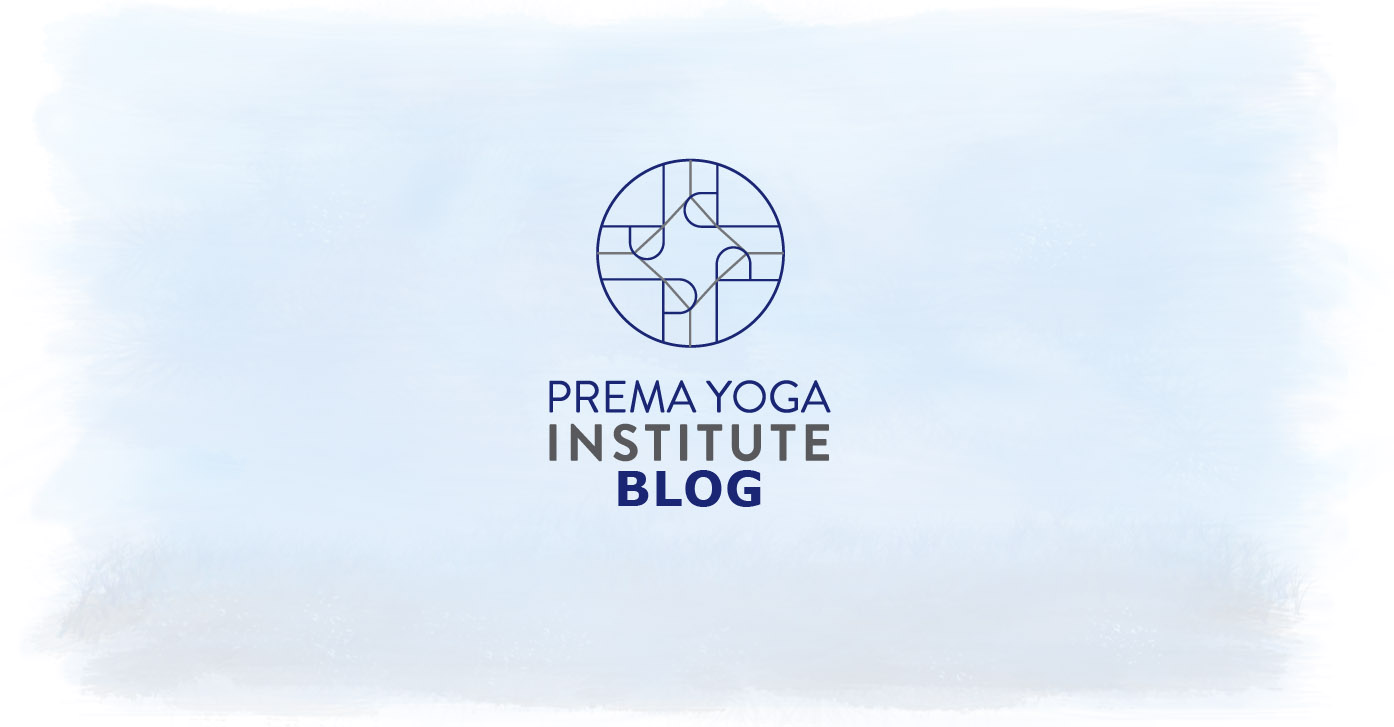
How to Tailor Age-Appropriate Yoga for Kids: The Instructor’s Guide
Teaching yoga for children usually needs a different approach than teaching for adults. In fact, the field is so specialized that Yoga Alliance requires a special certification for kids yoga teachers and training schools.
To give you an overview of yoga classes for children, here are general tips that you can use for every age group:
Ages 0-4
This age group consists of babies and toddlers. Young ones in this age group learn by playing, singing, listening, observing, and repetition.
They also often have limited attention spans, so it is advisable to make the lessons fast-paced. Keep the session length at 30 minutes maximum, and either have a very high ratio of caregiver to child or use a “Parent & Baby” format for bonding and parent support.
The best time for any kids’ yoga instructor to schedule the session is early in the day, ideally before they go down for a nap.
Ages 4-6
This age group consists of toddlers in their pre-K or preschool years. They usually are very creative, imaginative, and inquisitive, while also being funny. They love books, coloring pages, and lots of props so keep that in mind.
Young ones in this age group do tend to be rule-oriented so it would be best to have a classroom agreement that they will follow. Their attention spans are gradually increasing, so make the lessons fast-paced to keep them engaged.
You can schedule the lesson any time of the day, ideally earlier or later in the afternoon. Keep each session between 30 to 45 minutes.
Ages 6-10
Elementary kids in this age group learn by visual imagery and storytime, with the kids’ yoga teacher leading the way. They also love books and using lots of props. They love to help out and try things on their own.
In this case, the format of each class can just be for the children. At the same time, it will be best to set up a classroom agreement with the youngsters since they also tend to be rule-oriented. Each class typically has a distinct flow, so you can be a bit more traditional with it, such as warm-up, breathing exercises, and then poses that lead into sequences.
You can schedule the class any time of the day with a length between 30 minutes to 1 hour.
Ages 10-13
Middle school children- already in their tweens or teen years - usually learn by modeling. They also tend to embrace doable challenges which they feel as empowering and strengthening.
Those who are in this age group usually have the need to conform with others - so they project outward attention. They also tend to use social media a lot. So, it is important to encourage positive thoughts and affirmations during the session. Also, be sure to avoid body talk as these middle schoolers are starting to get more self-conscious.
The class should have a definite flow, with a beginning, middle, and end. But make sure to keep things fresh to keep their busy minds engaged. Music in the background is a good choice for this group.
The class format can be a mixed group of all teens. The length can be 1 hour or up to 75 minutes, at any time of day.
Ages 13-18
This age group consists of teens who are already in their high school years. They tend to like music in the background while doing poses. They also tend to enjoy more challenging postures as well as partner postures.
High schoolers may also like and need a longer Savasana. However, give them an additional focal choice during savasana - such as mantra, affirmations, meditation, and visualization - which can help in relieving their stress. They may also like having ice-breakers and closing discussions after breathing and moving.
This class tends to look more like an adult class, but make sure to focus on choice, inclusivity, and empowerment. A 1-hour session might be enough but you can also go up to 75 minutes, any time of day.
Conclusion
These tips offer general guidelines on how to set up a yoga class for youngsters. With these tips, and with the other ideas you’ll incorporate, your classes will be an enriching and fulfilling experience for the children.
Interested in training to become a Yoga Alliance Certified Kids Yoga Teacher? Our Yoga Alliance-approved Kids’ Inclusive Yoga Teacher Training course is online, and focuses on sharing yoga with all kids! Please check out all the information HERE.
How the Eightfold Path Applies to Kids’ Yoga
The Eightfold Path, also known as the “8 Limbs of Yoga”, is a foundational concept for the practice. Sage Patanjali, credited for several Sanskrit works, advanced this path. He is also credited with the codification of The Yoga Sutras.
In this blog, we will talk about some of the translations of these limbs and how these apply to teaching kids’ yoga classes.
Yama
The first path consists of the ethical guidelines known as yamas. It refers to our relationship with ourselves. It also often refers to the restraints we put on ourselves.
There are several yamas:
Ahimsa - This refers to being non-violent and showing compassion in our thoughts, words, and actions towards ourselves and others.
Aparigraha - This refers to taking only whatever is necessary. This only means letting go of something that you don’t need so others can use it.
Asteya - This refers to honesty. It means not to take anything that does not belong to you.
Brahmacharya - This refers to celibacy and abstinence from sensual pleasures as doing so helps free up your energy, allowing you to connect to the divine.
Satya - This refers to being truthful.
Niyama
The second path is the niyamas. These are ethical ruled in regards to our relationships with others. There are several niyamas as well:
Ishvara Pranidhana - This refers to surrender.
Santosha - This refers to modesty and being content.
Saucha - This refers to purity and being clean in our thoughts, words, and actions.
Svadhyaya - This refers to self-study.
Tapas - This refers to our self-discipline and overcoming adversity.
Asana
The third path is asana. This refers to the physical postures. This is the yoga that most Western people know - and poses asanas can provide great fun and imaginative exercise for kids. But as a certified kids’ yoga instructor, you have to understand that asana is not all there is to yoga.
Pranayama
The fourth path is pranayama. This refers to breathwork and management of prana - our life energy. Through breathwork activities, practitioners can connect their breaths with their minds and emotions.
Pratyahara
The fifth path is pratyahara. This refers to withdrawing the senses. Withdrawing from the external world allows ourselves to be more conscious and look inwards.
Dharana
The sixth path is dharana. This refers to our concentration. It helps us focus on a single point, which can either be an object, a mantra, or anything.
Dhyana
The seventh path is dhyana. This refers to meditation. It allows us to reach that mental state where we are aware of our surroundings but we do not focus on them.
Samadhi
The eighth path is samadhi. This refers to the ultimate state of being. This is the state where there exists a connection to all aspects.
Applying the Eightfold Path to Kids’ Yoga
The paths, or limbs, are often intertwined and are interrelated to each other. The limbs overlap each other, resulting in a holistic approach to wellness. When you teach kids’ yoga classes, you will have to explore the children’s figurative limbs to better understand themselves, their relationships with others, and their surroundings.
Focusing the eightfold path allows the young ones to apply yoga’s beautiful tenets to their everyday lives:
The yamas encourage connection between the children. Upon establishing such a connection, kids then allow themselves to engage in fair play, making sure that everyone is enjoying equally. When disagreements do arise, they use a non-violent and truthful approach.
The niyamas encourage children to be responsible in different areas of their lives. They also encourage personal care and self-discipline.
The asanas are good for play and exercise. Young ones can benefit from physical movement - and exercise their imagination in pretending to be lions, warriors, trees and more.
Pranayama can help children learn how to manage their emotions, especially when they are either excited or upset.
Pratyahara encourages children to reflect on themselves, which is important in helping them understand the effects of their actions, whether they're good or bad.
Dharana helps improve the children's concentration. This is beneficial especially when they are studying, doing their homework, completing house chores, and more.
Dhyana helps young ones learn how to focus and stay calm - whatever their surroundings may be.
Samadhi can encourage all-around wellness - ensuring kids' holistic wellbeing and development.
Interested in training to become a Certified Kids Yoga Teacher? Our Yoga Alliance-approved course is online this August 2024! Please check out all the information HERE.
Why Kids’ Yoga is Beneficial for Their Health and Happiness
Literally meaning “union”, yoga allows the body and the mind to be connected. With a 5000+ year lineage, yoga was introduced first to the West in 1893. Since then, it has expanded and evolved drastically.
Most people tend to associate yoga with adults. But there’s actually also yoga for children. In this blog, we’ll discuss how kids’ yoga is different from the traditional yoga that adults do and how beneficial it is for young ones.
How Does Kids’ Yoga Differ from Adults’ Yoga?
Any certified kids’ yoga teacher should know and understand the differences between yoga for children and adults. In the former’s case, the classes are typically more exploratory and focus more on play. They also tend to be integrated with more experiential elements, but this will depend on a number of factors.
Teaching kids’ yoga lessons means looking at the entirety of the child and identifying how to meet their needs best. It also offers a number of benefits in the physical, emotional, behavioral, and cognitive areas.
Let’s discuss these benefits below:
Physical Benefits
First up, yoga offers physical benefits. It helps the body to open up, thereby allowing the child to increase the connection between their mind and their body. It also helps activate the autonomic nervous system. Yoga also improves the child’s respiration since breath is the portal to the nervous system. Most importantly, yoga helps lower stress levels, allowing the body to get back into balance.
Emotional Benefits
Yoga is also emotionally beneficial for children. It helps them to be more self-confident. It also helps them feel safer and stronger. It also helps them become more resilient and empowers both the kids’ yoga instructor and the child. Through breathwork and movement, yoga can also help minimize the symptoms caused by depression and anxiety.
Behavioral Benefits
Through yoga, the young ones are able to develop a level of trust in other people. As a result, it can help them create meaningful connections with others. Most importantly, yoga allows them to repair any disruptions that might exist between their relationships with others. These are only some of the behavioral benefits such classes can offer the children.
Cognitive Benefits
The cognitive benefits of yoga in children cannot be underestimated. Through breathwork, they can focus and concentrate better. It also helps them become more imaginative. Through mindful movements, the young ones can increase the connection between their mind and body as well as think better since their prefrontal cortex becomes thicker.
Conclusion
Yoga offers comprehensive benefits not only for adults but also for children. With the help of a certified children’s yoga instructor, the young ones will be able to take advantage of these benefits and improve their wellness.
Interested in training to become a Certified Kids Yoga Teacher? Our Yoga Alliance-approved course is online this August 2024! Please check out all the information HERE.

















